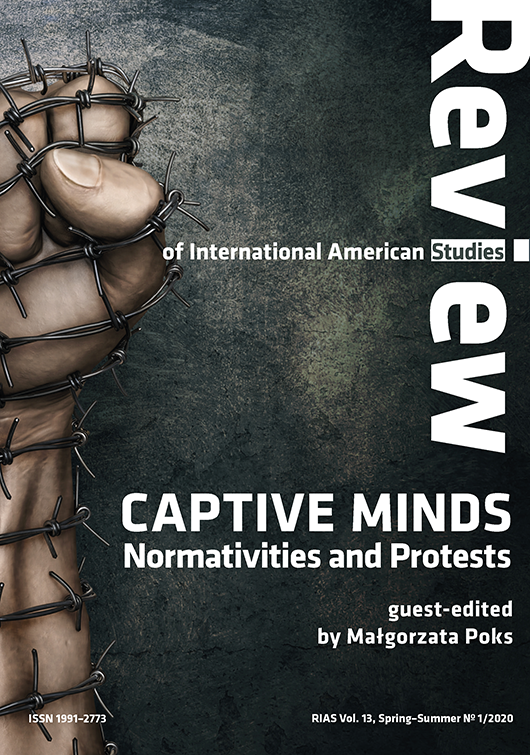

 https://doi.org/10.31261/rias.7567
https://doi.org/10.31261/rias.7567
As argued by the literary critic Margaret Russett, Percival Everett “unhinges ‘black’ subject matter from a lingering stereotype of ‘black’ style [and] challenges the assumption that a single or consensual African-American experience exists to be represented.” The author presents such a radical individualism in his most admired literary work published in 2001. In Erasure, Thelonious ‘Monk’ Ellison, the main character and narrator of the book, pens a stereotypically oriented African American novel that becomes an expression of “him being sick of it;” “an awful little book, demeaning and soul-destroying drivel” that caters for the tastes and expectations of the American readership but, at the same time, oscillates around pre-conceived beliefs, prejudices, and racial clichés supposedly emphasizing the ‘authentic’ black experience in the United States. Not only is Erasure about race, misconceptions of blackness and racial identification but also about academia, external constraints, and one’s fight against them. The present article, therefore, endeavors to analyze different forms of resistance and protest in Percival Everett’s well-acclaimed novel, demonstrating the intricate connections between the publishing industry, the impact of media, the literary canon formation and the treatment of black culture.
Download files
Citation rules

Vol. 13 No. 1 (2020)
Published: 2020-09-01
 10.31261/RIAS
10.31261/RIAS